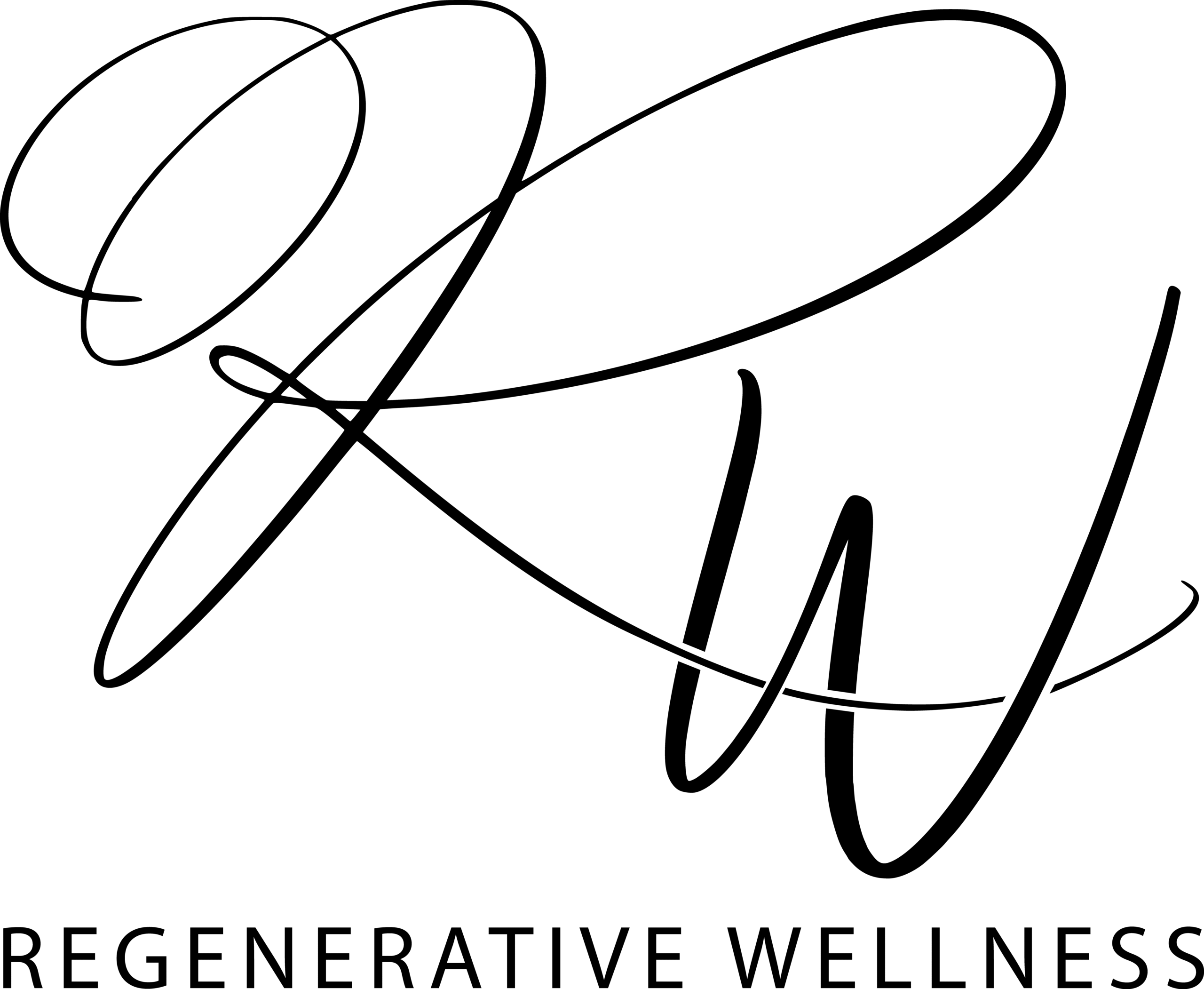Shea Butter
What Is It?
Shea butter is a rich, nourishing fat extracted from the nuts of the Vitellaria paradoxa (Shea) tree, native to West Africa. It is widely used in skincare for its deep moisturising, healing, and anti-inflammatory properties. Shea butter is packed with vitamins A, E, and F, essential fatty acids, and antioxidants, making it an excellent ingredient for dry, damaged, or sensitive skin.
INCI (International Nomenclature of Cosmetic Ingredients)
Butyrospermum Parkii (Shea) Butter
Proper Storage & Shelf Life
Storage: Store in a cool, dry place in an airtight container, away from direct sunlight and heat.
Shelf Life:1–2 years if stored properly.
Refined Or Unrefined
Unrefined (Raw): Ivory to yellow colour, nutty scent, retains full nutrients.
Refined: White, odourless, smoother texture, but some nutrients are lost.
Is It Necessary?
Not essential but highly beneficial for skin hydration, healing, and protection. Ideal for balms, body butters, lip care, and hair treatments.
Texture & Consistency
Soft, creamy, and buttery solid at room temperature. Melts upon skin contact.
Natural Scent Profile
Shea Butter has a nutty, slightly earthy scent with subtle smoky or woody undertones. Unrefined Shea Butter has a stronger, more distinct aroma, while refined Shea Butter is nearly odourless.
Melting Point
Shea Butter has a nutty, slightly earthy scent with subtle smoky or woody undertones. Unrefined Shea Butter has a stronger, more distinct aroma, while refined Shea Butter is nearly odourless.
Solubility & Compatibility
Insoluble in water
Soluble in oils, butters, and oil-based recipes
Works well in lotions, balms, salves, hair masks, and whipped body butters
Benefits in Your Skincare
Deeply moisturises & softens dry skin
Supports wound healing & scar reduction
Soothes eczema, psoriasis, and irritated skin
Provides a protective barrier against environmental damage
Anti-inflammatory & antioxidant properties
Boosts skin elasticity and prevents stretch marks
Helps with chapped lips and dry scalp
PH
5–7 (close to skin’s natural pH, making it gentle and non-irritating).
Absorbency Rate
Slow to medium (rich and emollient, takes time to absorb but deeply nourishes the skin).
Recommended usage rate
Lotions & Creams: 3%–20%
Balms & Body Butters: 5%–100%
Lip Care Products: 5%–20%
Hair & Scalp Treatments: 2%–15%
Appearance
Unrefined: Ivory to yellow, soft solid
Refined: White, smooth solid
Strengths
✅ Deeply nourishing & moisturising
✅ Rich in vitamins & fatty acids
✅ Soothes irritated & inflamed skin
✅ Safe for all skin types, including sensitive skin
✅ Excellent for barrier repair & hydration
Weaknesses
❌ Can feel greasy if over-applied
❌ May clog pores for acne-prone skin (best blended with lighter oils)
❌ Strong natural scent in unrefined form (may require essential oil blending)
❌ Nut-derived – not suitable for those with nut allergies
Alternative Ingredients/ Substitutions
Mango Butter: Lighter, less greasy, and absorbs faster.
Cocoa Butter: Firmer texture, excellent for stretch marks.
Best Practices
Blend with lighter oils (e.g., jojoba, argan) to improve spreadability.
Melt gently using a double boiler to preserve nutrients.
Combine with beeswax or candelilla wax for firmer balms.
Store in a cool place to prevent grainy texture from temperature fluctuations.
Tips & Tricks
For stretch marks & scars: Mix with rosehip oil and vitamin E.
For hair hydration: Apply as a pre-wash treatment for dry, curly hair.
For chapped lips: Combine with coconut oil for a natural lip balm.
For anti-aging: Blend with pomegranate seed oil for a rich night cream.
Recommended Starter amount
100g–500g
